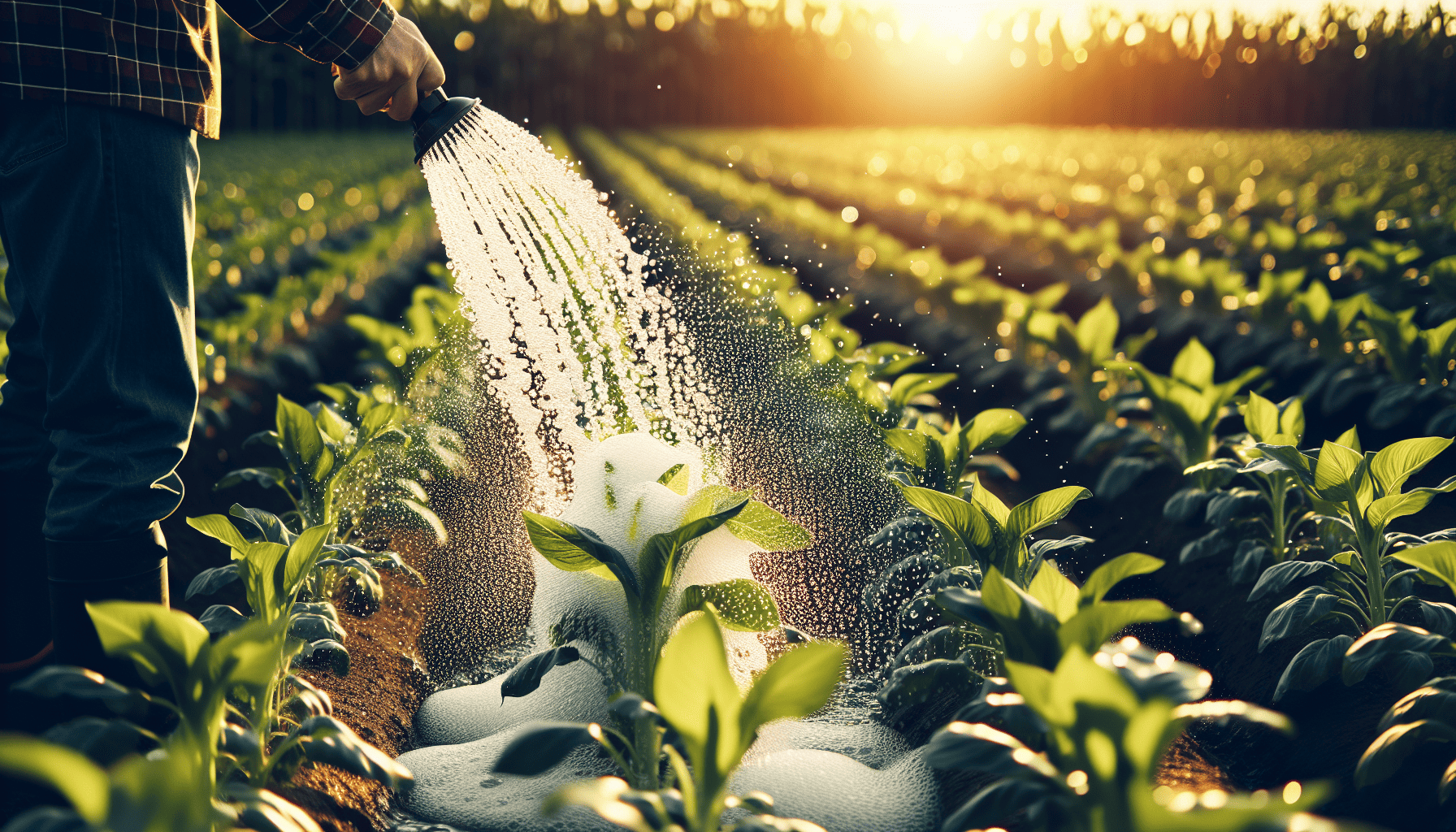In the ever-evolving world of agriculture, farmers and researchers are constantly on the lookout for innovative methods to boost crop yields and enhance plant health. One such intriguing method that has garnered attention is the use of sparkling water, also known as carbonated water, in crop enhancement. While it may sound unusual at first, there are scientific reasons behind this practice that could point to potential benefits for plant growth and productivity.
Understanding Sparkling Water and Its Composition
Sparkling water is simply water into which carbon dioxide gas has been dissolved, resulting in effervescent bubbles. Its composition includes carbon dioxide (CO2), which is crucial for the photosynthesis process in plants. During photosynthesis, plants convert carbon dioxide and water into glucose and oxygen, using sunlight as an energy source. This fundamental process is the cornerstone of plant growth, making carbon dioxide a critical component of the equation.
The Science Behind Using Sparkling Water in Agriculture
The idea of using sparkling water for crop enhancement is primarily based on providing an increased supply of carbon dioxide to plants. In controlled environments such as greenhouses, carbon dioxide enrichment has been used successfully to boost plant growth and yield. By directly infusing plants with CO2 through sparkling water, similar benefits may be achieved in other cultivation settings.
-
Enhanced Photosynthesis: By increasing the availability of carbon dioxide, plants may improve their photosynthesis efficiency, leading to faster growth rates and healthier plants. This is particularly beneficial in settings where CO2 concentrations are lower than optimal.
-
Nutrient Uptake: Some studies suggest that carbonated water can positively affect nutrient absorption. The slightly acidic nature of sparkling water might help mobilize nutrients in the soil, making them more accessible to plant roots.
-
Increased Resilience: There is potential for enhanced drought resistance, as carbonated water might help in improving plant water-use efficiency. This could be particularly valuable in arid or drought-prone regions.
Practical Considerations and Limitations
While the concept of using sparkling water for crop enhancement is promising, it does come with its set of challenges and considerations. For instance, the cost of using commercially available sparkling water for large-scale agricultural purposes could be prohibitive, requiring more cost-effective solutions for carbon dioxide enrichment. Moreover, the long-term effects of using sparkling water on different types of crops and soils are not yet fully understood, necessitating further research and field trials.
It is also crucial to consider the optimal concentration of carbon dioxide needed for different plants and growth stages. Over-accumulation of CO2 can potentially cause harm or lead to diminishing returns, while too little may not provide the desired benefits.
Concluding Thoughts
The concept of utilizing sparkling water to enhance crop growth presents a fascinating avenue for sustainable agriculture practices. By leveraging the fundamentals of plant biology and the properties of carbon dioxide, farmers and agricultural scientists may uncover new methods to increase crop productivity and address food security challenges.
However, like any innovative practice, it is essential to approach the use of sparkling water in agriculture with careful experimentation and study. Through ongoing research, trials, and collaborations, sparkling water could potentially become a valuable tool in the agricultural toolkit, complementing other sustainable farming practices to ensure robust and healthy crops for future generations.
